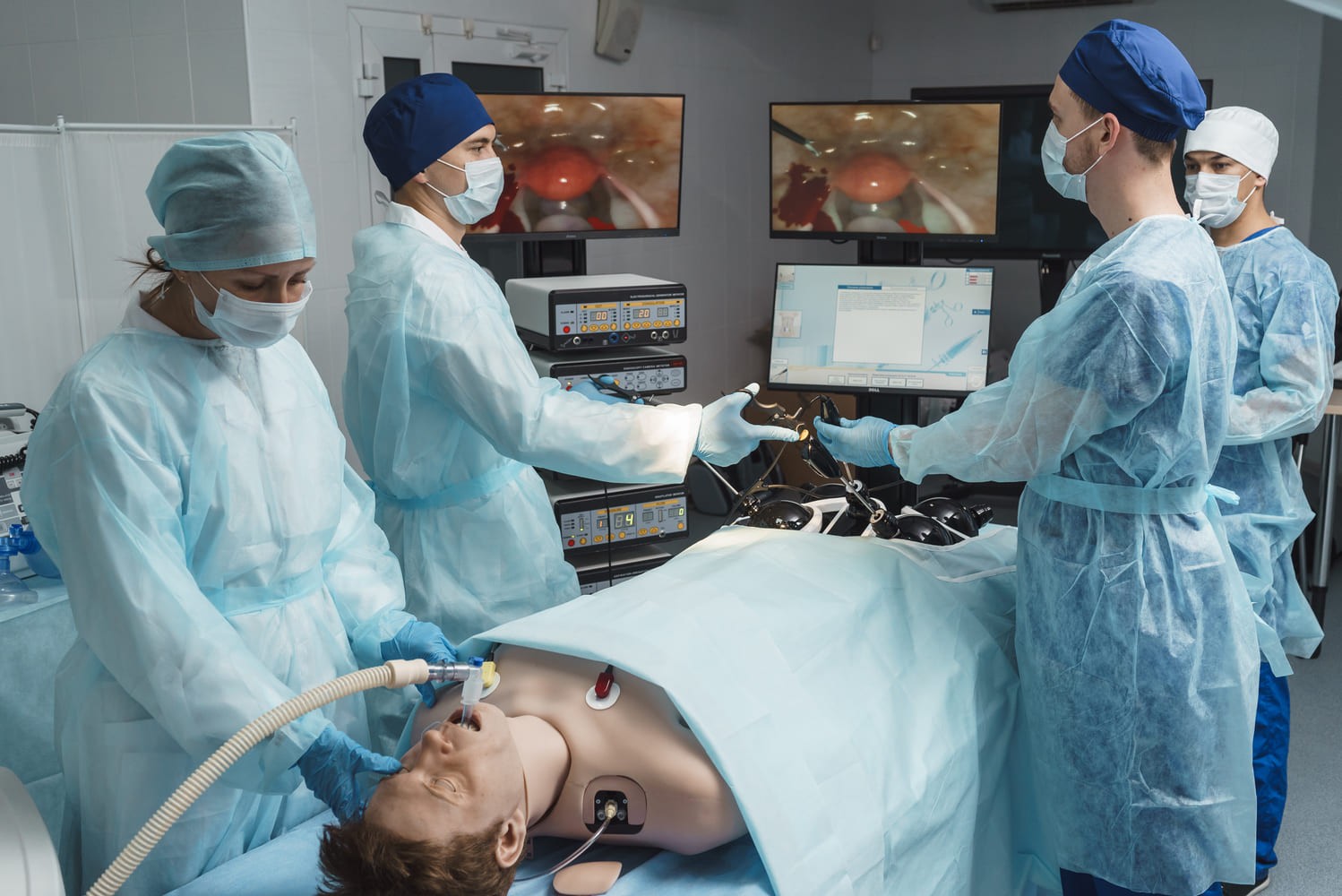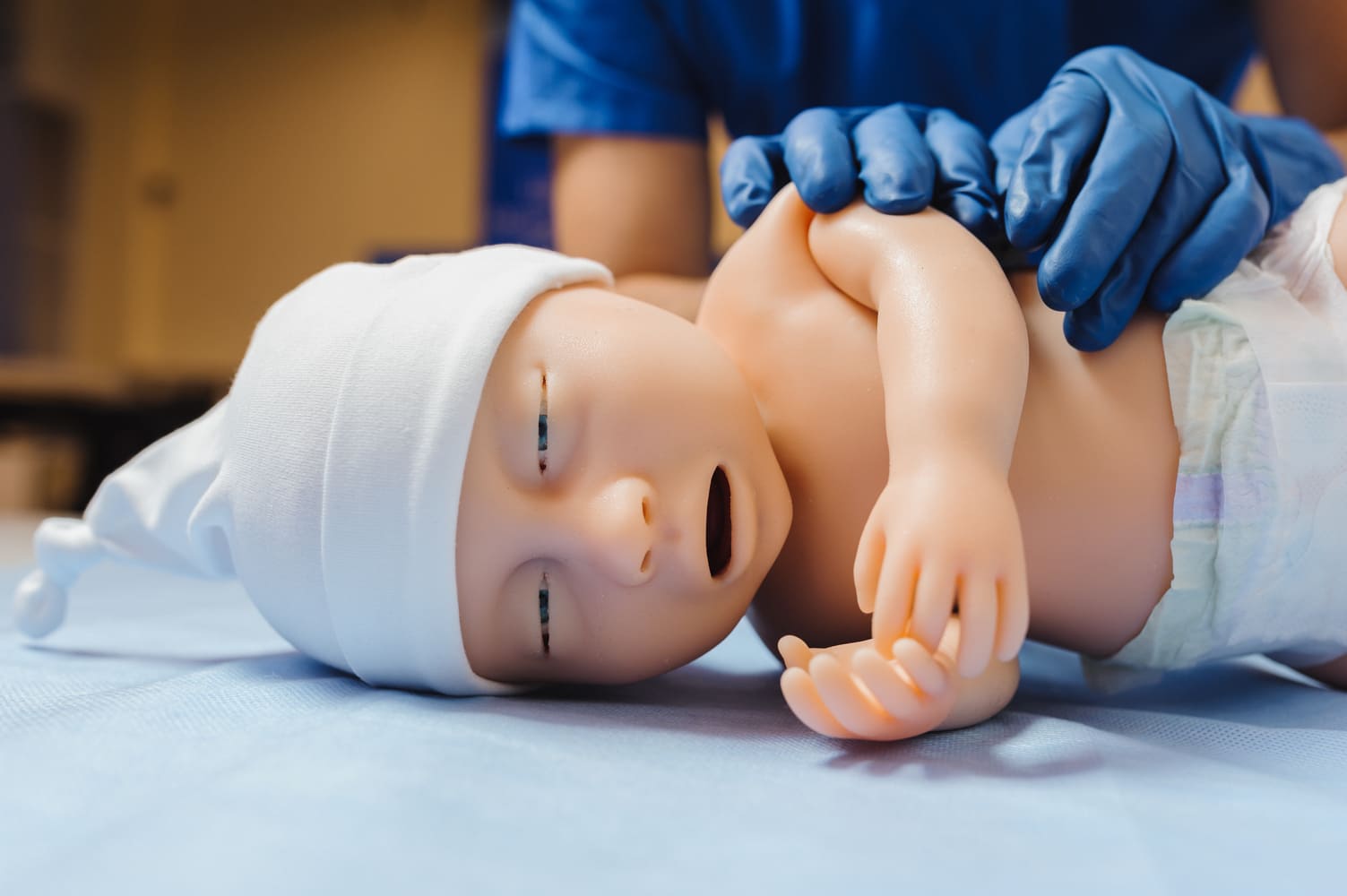
The Evolution of the Human Patient Simulator: Transforming Medical Training
In the grand tapestry of medical education, simulation has emerged as one of the most groundbreaking threads. Enter the human patient simulator (HPS) — a sophisticated marvel designed to replicate real-life medical scenarios with uncanny precision. Gone are the days when medical students could only hone their craft on cadavers or limited clinical hours. Today, the human patient simulator bridges the gap between theory and practice, offering learners an unparalleled hands-on experience without jeopardizing patient safety.
What Is a Human Patient Simulator?
A human patient simulator (HPS) is an advanced training tool that mimics the physiological and anatomical functions of a real human body. These simulators breathe, bleed, react to medications, and even simulate diseases, allowing learners to practice everything from routine exams to emergency interventions. HPS technology empowers educators to create high-stakes, risk-free environments where students can polish their skills.
MedVision's Role in HPS Technology
When it comes to leading the charge in simulation innovation, MedVision stands tall. Their product lineup redefines realism and usability in human patient simulators. Designed to address the needs of medical students, practicing clinicians, and educators, MedVision’s simulators range from high-fidelity adult models like Leonardo to specialized neonatal simulators like Mia. Each simulator boasts remarkable physiological responses and anatomically accurate features, making them ideal for diverse training scenarios.

The Stars of MedVision: Cutting-Edge Simulators
- Leonardo: The Quintessential Adult Simulator
MedVision’s flagship model, Leonardo, is a high-fidelity human patient simulator tailored for adult care training. With dynamic respiratory, cardiac, and neurological systems, Leonardo is a powerhouse for mastering diagnostics, emergency interventions, and complex procedures. It offers unparalleled realism, reacting to medication administration, intubation, and even CPR with lifelike precision. - Mia: Neonatal Care at Its Finest
Neonatal emergencies demand a unique set of skills, and that’s where Mia shines. This specialized simulator replicates the fragile physiology of a newborn, enabling students to practice critical care interventions like neonatal resuscitation, intubation, and sepsis management. With Mia, learners gain confidence in handling the most delicate patients. - Arthur: A Pediatric Simulation Marvel
For mastering pediatric emergencies, MedVision’s Arthur bridges the gap. Designed for scenarios involving children, Arthur helps students tackle conditions like asthma exacerbations, anaphylaxis, and even trauma management. - MATT: Mastering Auscultation Techniques
MedVision’s MATT auscultation trainer is indispensable for honing diagnostic skills. Students can practice identifying heart murmurs, lung sounds, and bowel irregularities, a cornerstone in any clinician’s diagnostic repertoire. - LapVision and AngioVision: Advanced Procedural Training
For learners diving into minimally invasive surgery or interventional procedures, MedVision’s LapVision and AngioVision simulators offer unparalleled opportunities to practice laparoscopic and angiographic techniques.
How HPS Revolutionizes Medical Training
The advent of the human patient simulator has fundamentally transformed how medical students approach their education. Here's how:
- Risk-Free Practice
Students can perform invasive procedures without fearing adverse outcomes. Whether it’s placing a central line or managing a cardiac arrest, HPS ensures zero risk to real patients. - Immediate Feedback
Modern simulators, like those from MedVision, provide instantaneous feedback on learner performance, helping students refine their techniques and correct mistakes in real time. - Simulating the Unexpected
From rare diseases to critical emergencies, a human patient simulator can reproduce scenarios that students might never encounter during clinical rotations. This exposure prepares them for anything the medical field throws their way. - Building Team Dynamics
Medical care is a team effort. HPS facilitates interprofessional training, allowing students to collaborate with nurses, anesthesiologists, and other team members in simulated environments.
Bridging the Gap Between Education and Practice
One of the most significant benefits of HPS technology is its ability to act as a bridge between the academic and clinical realms. Textbook knowledge often feels abstract until it’s applied. Simulators like MedVision’s Leonardo bring theory to life, allowing students to connect dots between their studies and practical applications.

Tailored Learning for Every Student
One-size-fits-all doesn’t apply in medical education. A human patient simulator can be adapted to suit the skill level and learning needs of each student. Beginners can start with basic scenarios like administering injections, while advanced learners tackle complex cases like multi-system organ failure.
Fostering Emotional Resilience
Beyond technical skills, human patient simulators teach students to manage stress and emotions in high-pressure situations. Whether it’s the heart-pounding urgency of a code blue or the delicate conversations required during end-of-life care, simulators prepare students for the emotional realities of medicine.
The Future of HPS: Expanding Possibilities
The future of human patient simulation lies in greater realism and accessibility. As technology advances, we can expect simulators that integrate with virtual reality, artificial intelligence, and remote learning platforms. MedVision is already at the forefront of this evolution, ensuring their simulators remain cutting-edge and globally accessible.
Why Human Patient Simulators Are Indispensable in Medical Training
The incorporation of human patient simulators (HPS) into medical education has revolutionized the way future healthcare professionals learn and practice. But beyond the technical aspects, these simulators also focus on enhancing soft skills, decision-making under pressure, and interprofessional collaboration — all essential elements of modern healthcare.
Beyond Procedures: The Human Element of HPS
Medicine isn't just about diagnosing conditions or performing procedures; it’s about treating people. A human patient simulator doesn’t just mimic physical ailments — it also helps students develop communication skills and empathy. By simulating real-life scenarios, like discussing sensitive diagnoses or comforting distressed patients (or their families), HPS prepares students for the interpersonal challenges they’ll face in their careers.
For example, MedVision’s simulators include scenarios where learners must recognize nonverbal cues, respond to a patient’s emotional state, or explain treatment plans to concerned family members — all while maintaining professionalism and empathy.
Application Across Specialties
The versatility of a human patient simulator allows for its application across virtually every medical specialty:
- Emergency Medicine: Simulate high-pressure trauma cases or cardiac arrest scenarios.
- Pediatrics and Neonatology: Train students using pediatric and neonatal simulators like MedVision’s Arthur and Mia.
- Surgery and Procedural Practice: Use LapVision or AngioVision to refine skills in laparoscopic or interventional techniques.
- Internal Medicine: Diagnose and manage conditions such as sepsis, COPD exacerbations, or metabolic disorders.
This diversity ensures that every specialty benefits from simulation-based learning, creating more competent and well-rounded clinicians.

MedVision's Commitment to Excellence
What sets MedVision apart is their commitment to delivering high-quality, realistic human patient simulators that cater to the evolving needs of medical education. Beyond their product range, they offer comprehensive solutions, including free installation, user training, and a one-year warranty. With software updates and responsive support, they ensure their simulators remain at the cutting edge of medical training.
MedVision also recognizes the financial challenges educational institutions face. As such, they provide scalable options and flexible solutions that suit institutions of all sizes.
The Global Impact of Human Patient Simulators
The use of human patient simulators is no longer confined to high-resource nations. MedVision has been instrumental in expanding simulation technology to underserved regions, ensuring that students across the globe can access high-quality training tools.
By democratizing access to simulators, companies like MedVision contribute to the development of better-trained healthcare professionals worldwide, ultimately improving global healthcare outcomes.
FAQ: All About Human Patient Simulators
Can HPS replace traditional clinical training?
While simulators are indispensable, they complement rather than replace real-world experience. HPS ensures students are better prepared for clinical encounters, enhancing overall competency.
How does MedVision's lineup differ from other HPS providers?
MedVision focuses on lifelike responses and user-friendly designs. Their simulators, like Leonardo and Mia, offer unparalleled fidelity and comprehensive support, making them ideal for medical students and professionals alike.
What makes a human patient simulator so effective for training?
The realism they bring to scenarios allows students to practice hands-on techniques, receive real-time feedback, and experience rare medical conditions in a controlled environment.
Immerse yourself in a demo to see how MedVision transforms traditional learning into an engaging, interactive experience
Subscribe for the Latest News!





